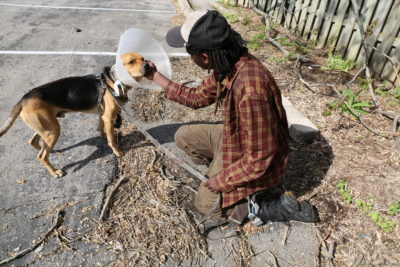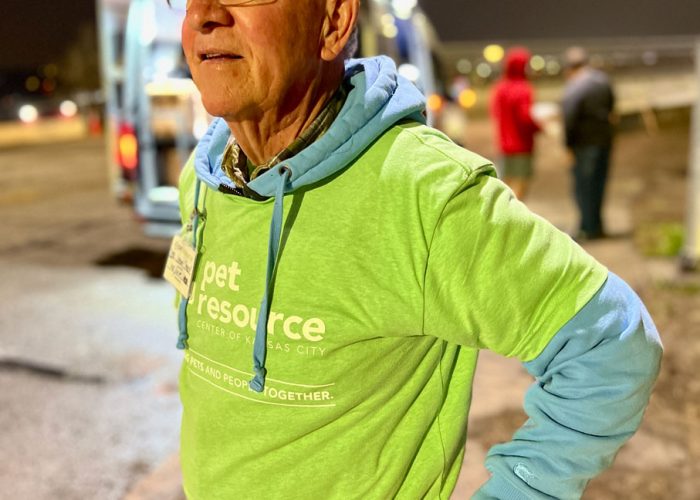 Transparency is important to us at Pet Resource Center of Kansas City. What do we mean when we say transparency? Simply put, it means being open and honest. For organizations, there are two types of transparency: transparency within the organization, and transparency with regard to the public.
Transparency is important to us at Pet Resource Center of Kansas City. What do we mean when we say transparency? Simply put, it means being open and honest. For organizations, there are two types of transparency: transparency within the organization, and transparency with regard to the public.
Within our organization, transparency is incredibly important. As a nonprofit, we’re often thinking on our feet and adjusting plans as we go so that we can do the best job possible. This means that we need to communicate things to all staff clearly and on a regular basis, otherwise things will go off the rails pretty quickly. But beyond that, our Core Values emphasize accountability; we want everyone to understand the weight of the decisions we make, the paths we take as an organization. Being honest and open with everyone that works here makes it that much easier to get feedback about how management is doing, about where we can improve. In our minds, leaving people out the process indicates you don’t trust them enough to value their input. We hire people, not employees; treating people like people and not commodities helps us create a culture of mutual respect, and helps everyone that works for us feel like part of a team.
When it comes to the public, we strive for the same level of transparency. We’ve talked before about our desire to focus on positive outcomes when we present stories online; that goes hand-in-hand with accountability. We’re not fooling ourselves; situations don’t always have a happy ending. Do we always show the sad ending? No. But we do like to show our process. Families Better Together Program Director Marlan Roberts is a shining example of this. Here, take a look:
Marlan’s Facebook page (when he’s not taking a break) is an amazing thing to behold. His posts about his work are always engaging and honest. And they don’t always show the success story or use the sadness of the situation to raise money for PRCKC; like the post above, they’re mostly just about a man trying to make a positive impact in the community. And that means that sometimes he’s not “on message,” a phrase which is too often used as a cheap shorthand for cramming ideas into a predetermined narrative.
Again, this post is a good example of transparency. This is a situation that isn’t necessarily in our wheelhouse. We’re not a rescue, and placement isn’t one of our primary objectives, because our whole mission revolves around keeping pets and owners together. But sometimes someone needs help, and you’re the one who takes the call. Solutions to situations like this don’t happen in a vacuum, though, and so we want to show the public the nuts and bolts of the solution: the partnerships, the friends in the community, who all have to come together to resolve just this one situation. It’s more important for us to show the reality of what we deal with on a daily basis, and that our goal, in the end, is to find human solutions to human problems.
As an organization, it is often our humanity that allows us to accomplish the things that we strive for. Human beings can be very mistrustful, often with good reason, especially in today’s fast-paced, media-saturated, everyone’s-a-media-analyst world. Our approach is to always be as straightforward as we can, meet people where they are, and communicate on a human level. That’s why we’re able to succeed where other organizations, including animal control, sometimes fail: while many organizations choose to (or have to) enforce the rules, we can engage on a human level. And by presenting our frustration to the public, as well as our determination to continue on, we show our fans the truth: we’re human, we don’t always succeed, and sometimes we make mistakes. And, most importantly: things don’t always fit into a predetermined narrative, and those things are an important part of the work.
It isn’t always easy. People don’t always understand the process behind decisions, and the context around the decisions we have to make. We also happen to live in a society where social media makes snap judgments easier than ever. But people do what they do; we don’t intend to change our approach, and will always stand by our decision to be honest and transparent in our work.
